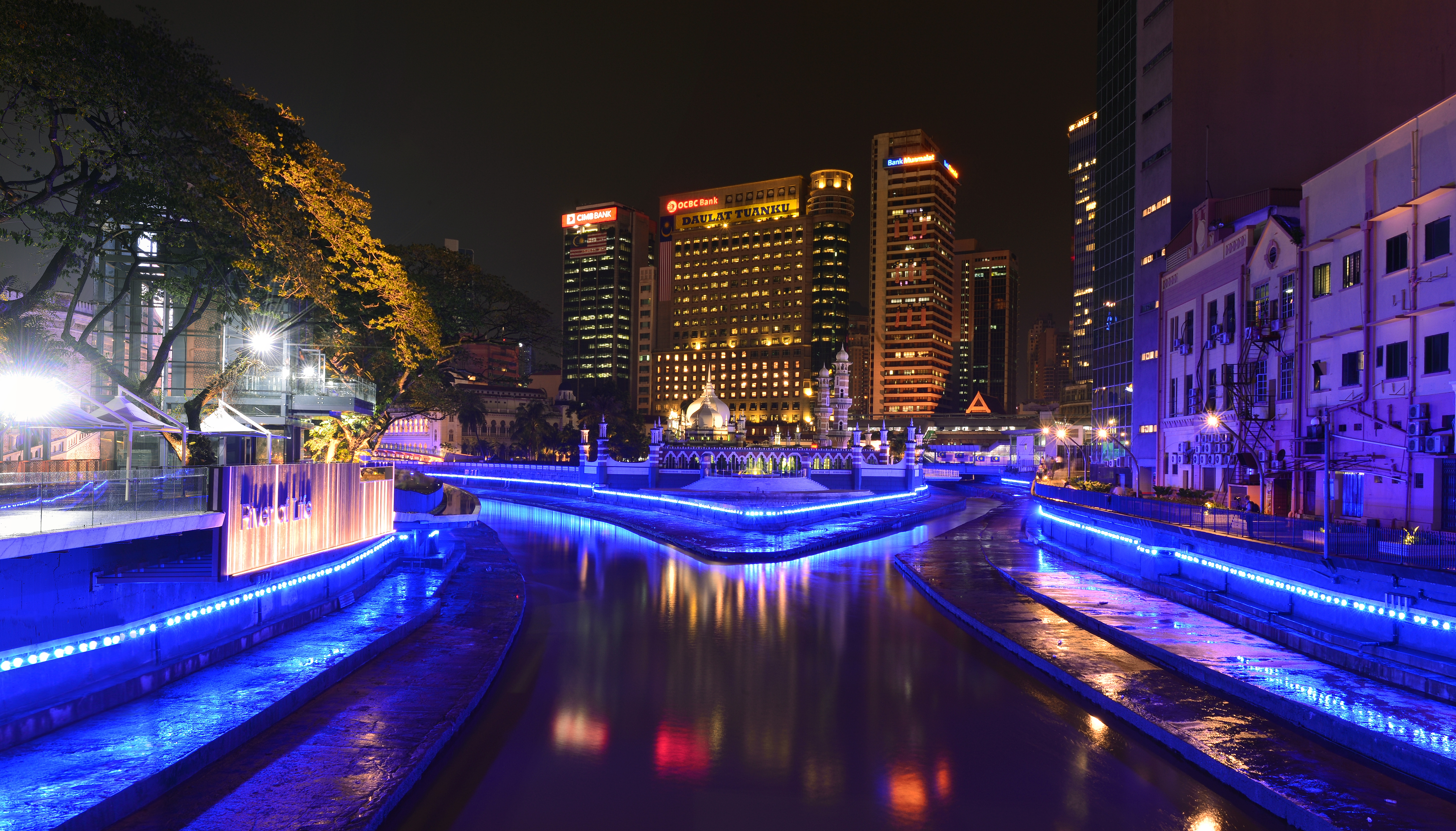+ BACKGROUND, CHALLENGES AND OBJECTIVES

Image Credit to : PaulChoo
The ROL project was initiated under the government Economic Transformation Programme (ETP) for the Greater KL/Klang Valley National Key Economic Area (NKEA). Greater KL/Klang Valley has been acknowledged as an important economic region. It comprises 20% of the nation’s population and contributes 30% of the nation’s GNI. The key goal for Greater KL/Klang Valley’s transformation plan is to drive economic growth and attain liveability; aspiring to be among the top 20 most liveable cities in the world and among the top 20 fastest growing city economies in the world.
By 2020, NKEA projected 300,000 new jobs to be created through the implementation of Nine Entry Point Projects (EPP). These projects are pivotal to the economic growth in the Klang Valley and Kuala Lumpur. Among the EPPs that will impact Kuala Lumpur most significantly and which are most likely to act as a magnet for growth are: the ROL project, an integrated Mass Rapid Transport (MRT) network and the greening of the city and iconic places.
+ ACTIONS AND IMPLEMENTATION

A key intended outcome of the ROL programme was to promote a sense of ownership towards the river and to initiate a long term and sustainable change in behaviour towards protecting the river. The programme included Public Outreach Programmes (POP) from 2012-onwards, in order to foster partnerships between public & private sectors with the community. This case study focuses on the second component of the ROL Project (River Beautification) and focuses primarily on the initiatives undertaken by the city council for the historical area of Kuala Lumpur.
Within the heart of the historical Kuala Lumpur area, the city council has focused on transforming the district surrounding the confluence of the Klang and Gombak Rivers into a vibrant and liveable waterfront with high economic value. The riverfront was envisioned to be a place where people gather, communities thrive, and native flora and fauna flourish.
The three key programme catalysts identified by the council as part of the project were:
1. Aesthetic – highlighting and preserving historical and cultural identity
2. Financial – regeneration of historic district and job creation through increased tourists
3. Community – a sense of ownership and belonging for the community as well as KL residents as a whole.
Various urban regeneration and pedestrianisation initiatives were undertaken as part of the project. These include:
1. Historical restoration of the Masjid Jamek, Lebuh Pasar and Makhamah Persekutuan vicinities;
2. Closure of several vehicular roads to become fully pedestrianized spaces such as plazas and pocket parks;
3. Improving pedestrian network & amenities such as street furniture, improved crossings and sidewalks;
4. Landscaping initiatives including pedestrian shading and native species revegetation;
5. Links from historical and cultural destinations to the river bank.

+ OUTCOMES AND IMPACTS
.jpg)
Through a mixed series of tested and experimental urban regeneration projects, the council has successfully created engaging and efficient spaces for residents and visitors while improving the aesthetics of the city. The result is the creation of a people-centric and well-connected pedestrian network, which has decreased the reliance of motorised vehicles as a mode of transport in the area.
The council-led project outcomes are:
- River beautification – placemaking initiatives to regenerate the old urban core of the city as well as to re-establish the connection of the city to its river, leading to increased sense of ownership of the river by city residents as well as increased tourists
- Decreased fossil fuel reliance through pedestrianisation initiatives – decreased reliance on motorised vehicles within the historic district of the city
The federal-led project outcomes are the improvements of river water quality and flood mitigation potential of the city, as well as the economic regeneration of the area, which include job creation and the provision of affordable housing.
With the completion of the River of Life project in the historic district, a continuous 10.7 km walkways and cycle ways will be created, providing optimised pedestrian connectivity as well as river beautification to the historic district. Additionally, improvement of the river water quality of 8 rivers (totaling 110km in length) from its WQI Class III – V, to an improved Class IIB is anticipated.


+ REPLICABILITY AND SCALABILITY

Cities can replicate this initiative and maintain the need to facilitate beautification measures, bringing in life and vibrancy along the river corridors, including both active and passive recreational activities, educational experiences related to river and biodiversity.
This does not apply only to river waterfront but can also be implemented to other dilapidated areas such as back lanes and others.
KLCH shall designate river corridors, implement measures to improve the amenity value of rivers and implement guidelines for development within or abutting the river corridors.
For more information regarding this initiative, please visit:
http://www.klriver.org/index.cfm?&menuid=4
+ BUDGET AMOUNT
Total of RM4 billion (~USD 950 million) for the 10 year project for all three components
+ BUDGET SOURCE
Funding came primarily from the Federal Government and approximately 25% from Kuala Lumpur City Hall for city centre's beautification works
